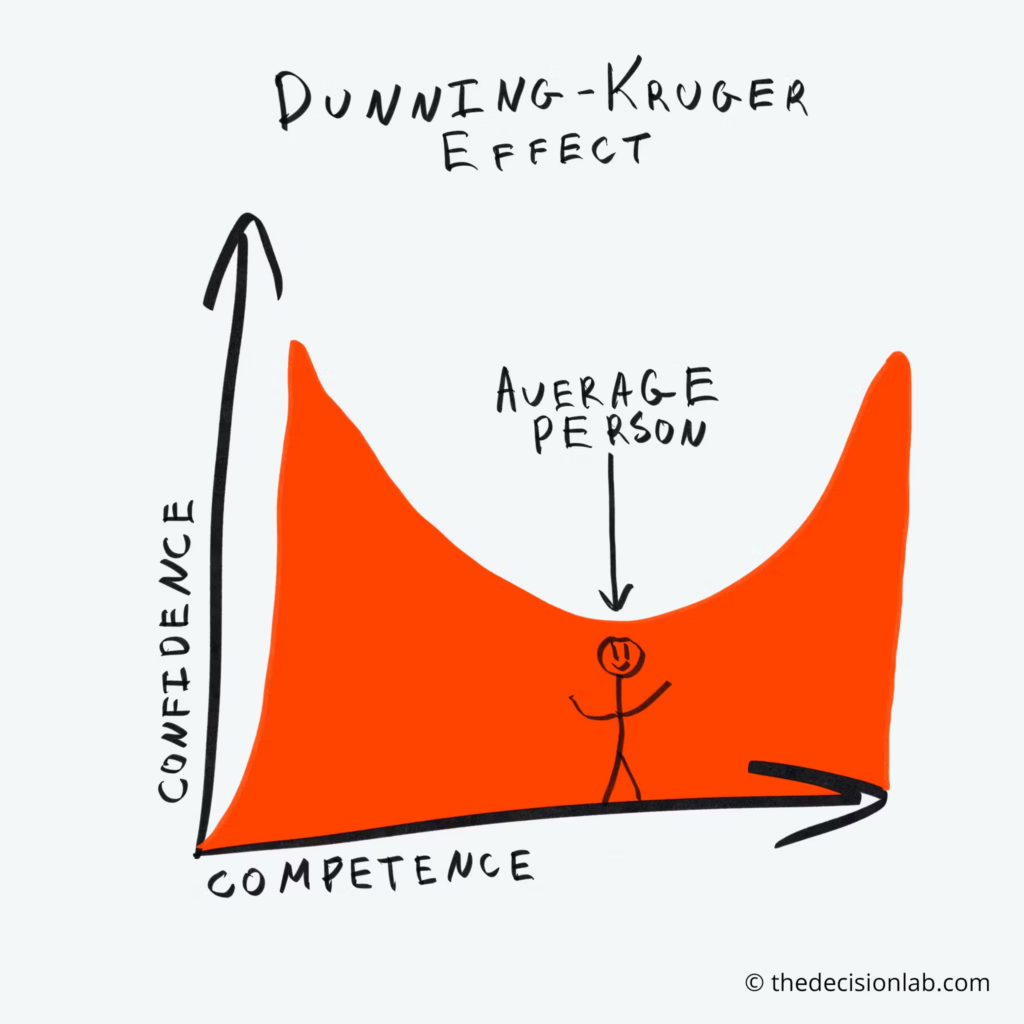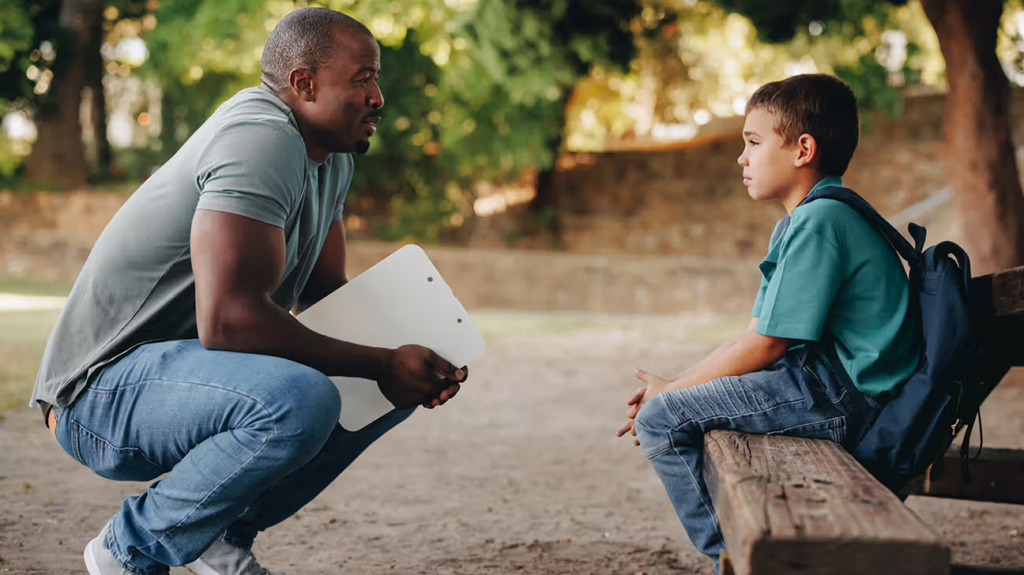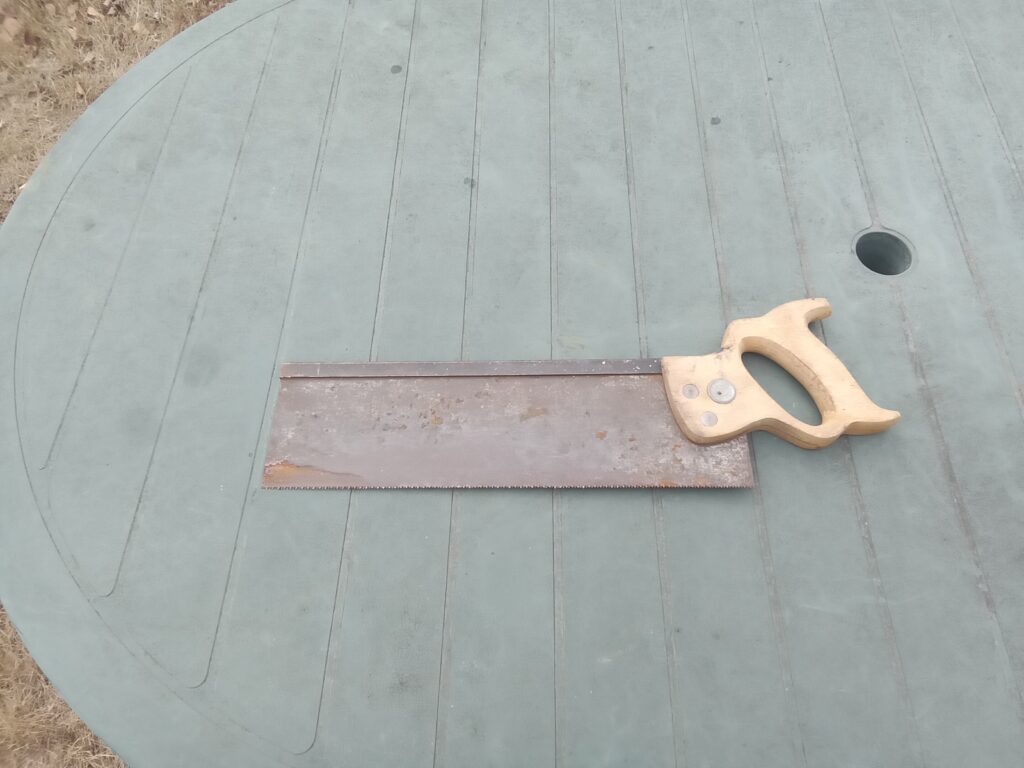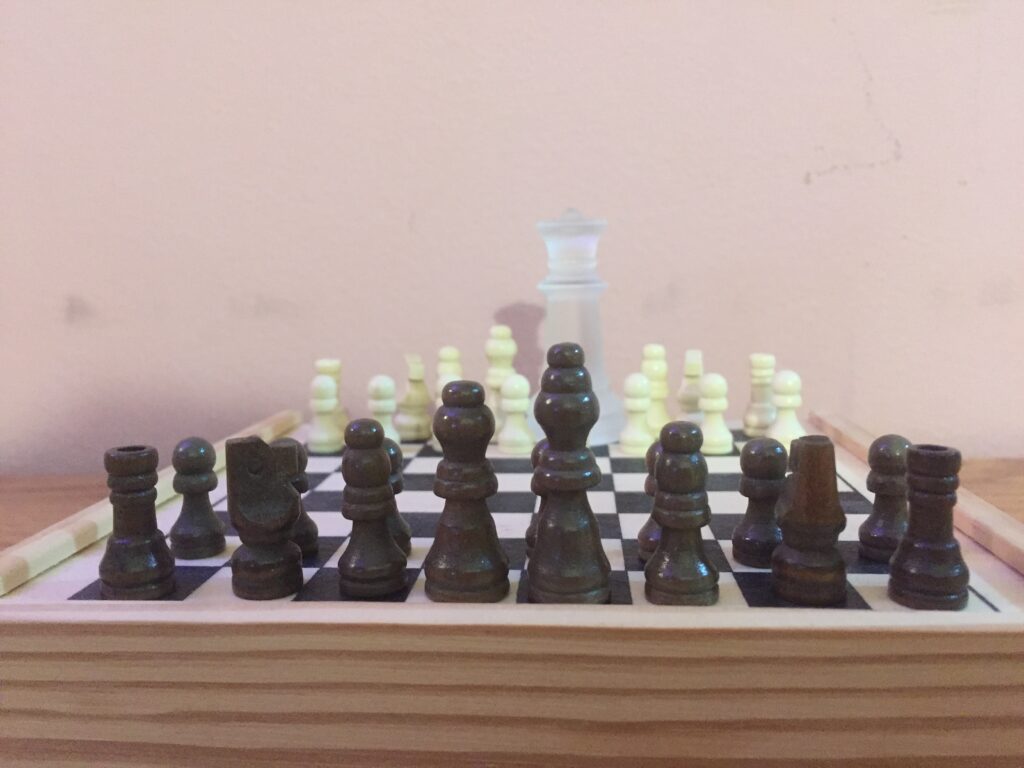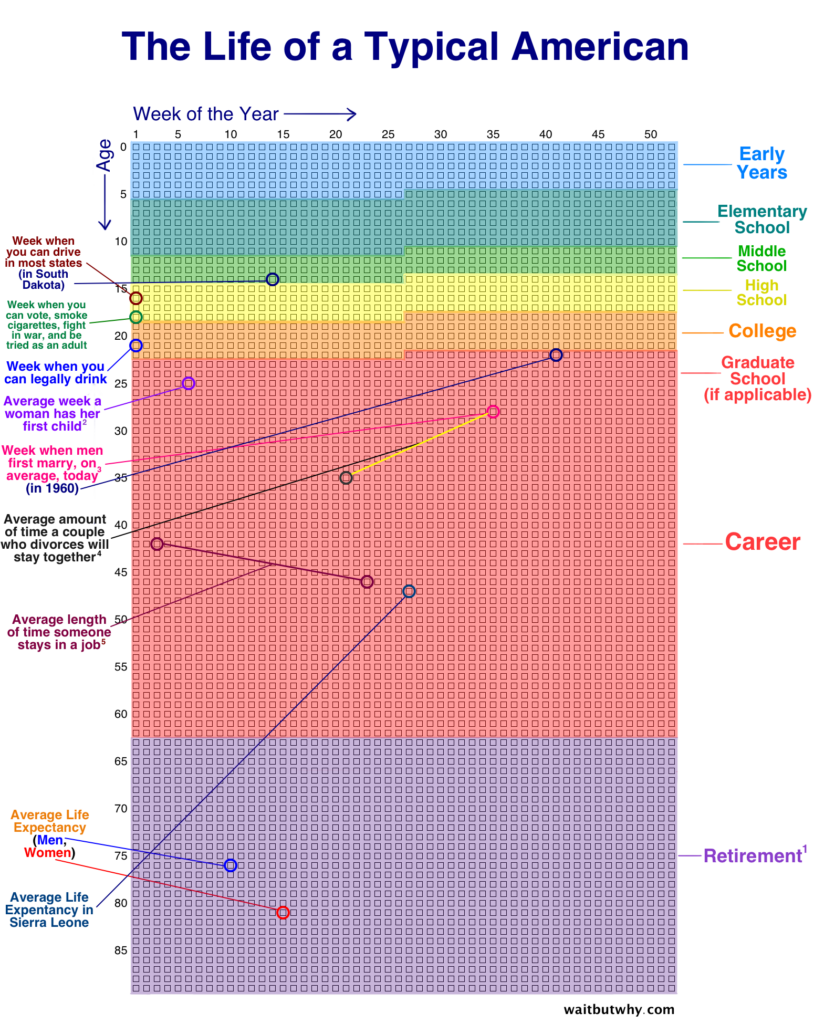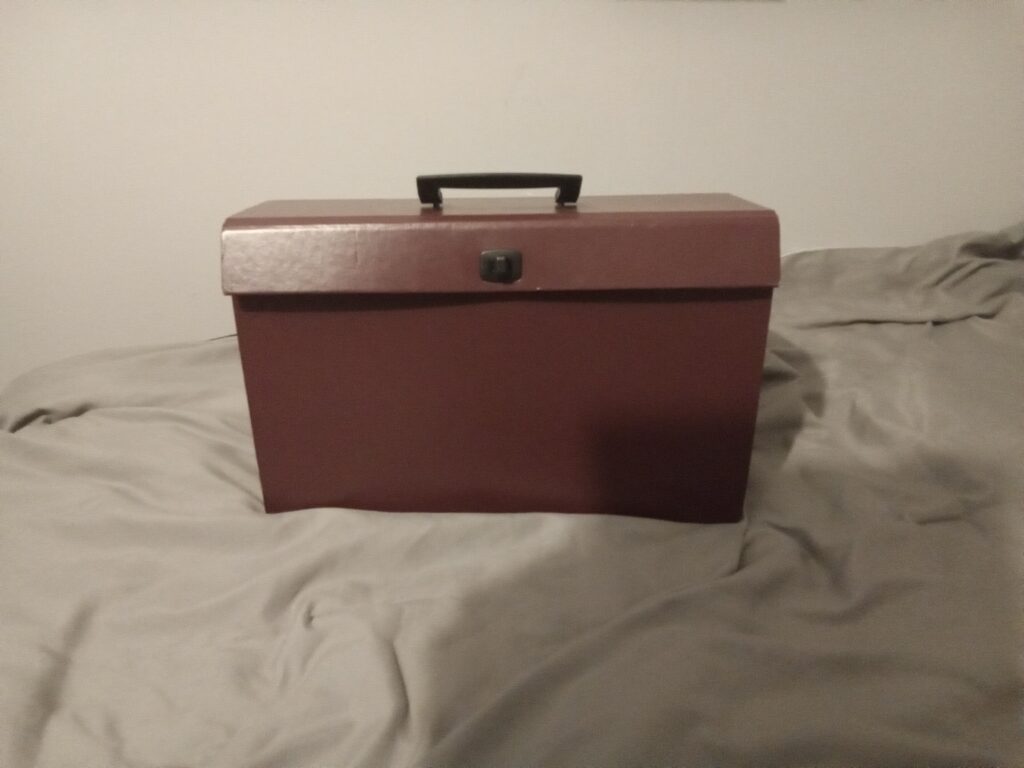Educators respect and value the history of First Nations, Inuit and Métis in Canada and the impact of the past on the present and the future. Educators foster a deeper understanding of ways of knowing and being, histories, and cultures of First Nations, Inuit and Métis.
At the Early Learning Conference I was lucky enough to receive a door prize which I chose because of this cool little puppet.
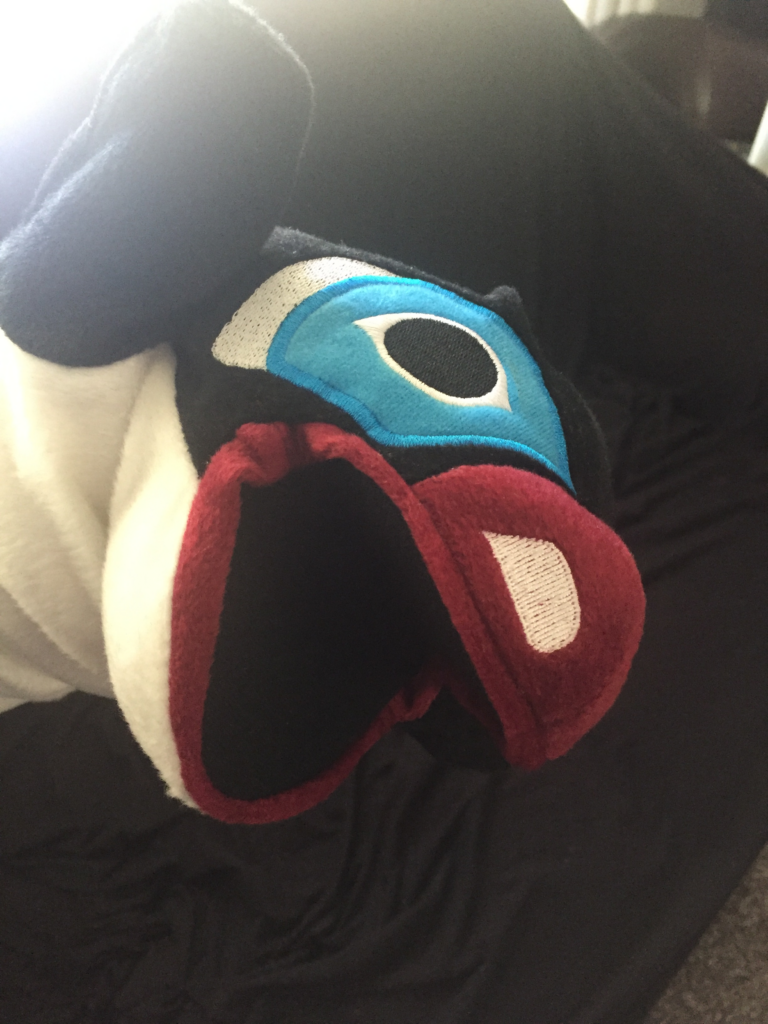
The book that goes with it is Orca Chief and when I began my first practicum I was hesitant about using it in the class then. In my second practicum I was a bit more courageous and ended up using the book with them. They were fascinated with the book though the hook of having orcas in places where orcas were present in the images as roofs, hats, and eventually made note of every orca that was noticed.
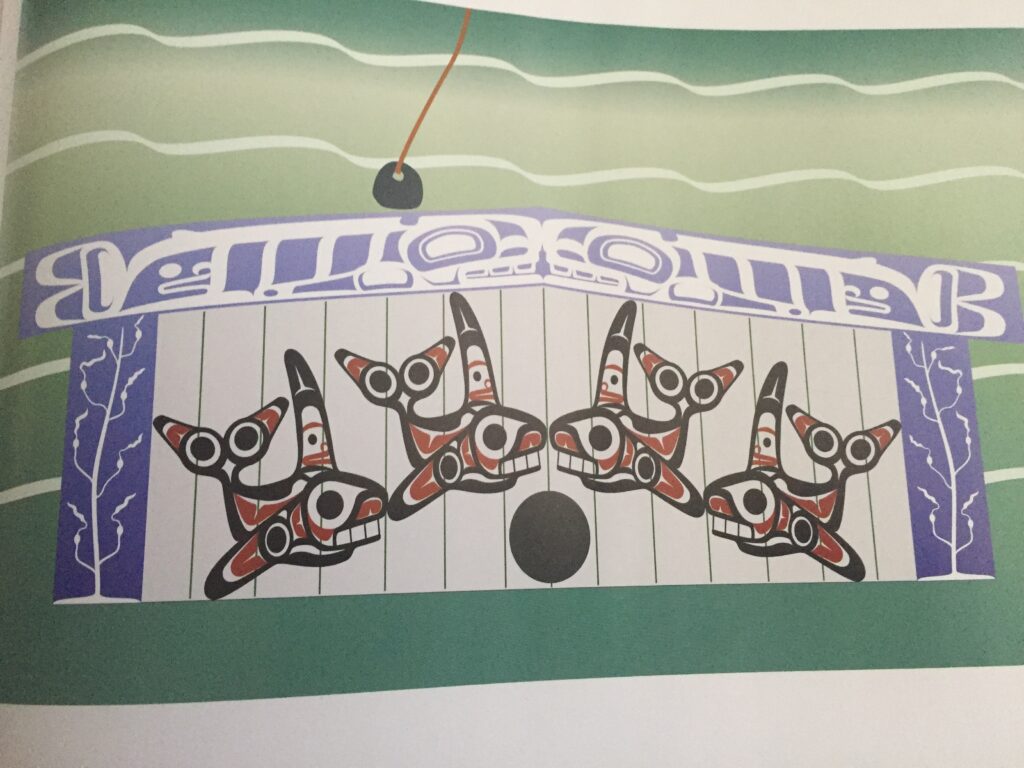
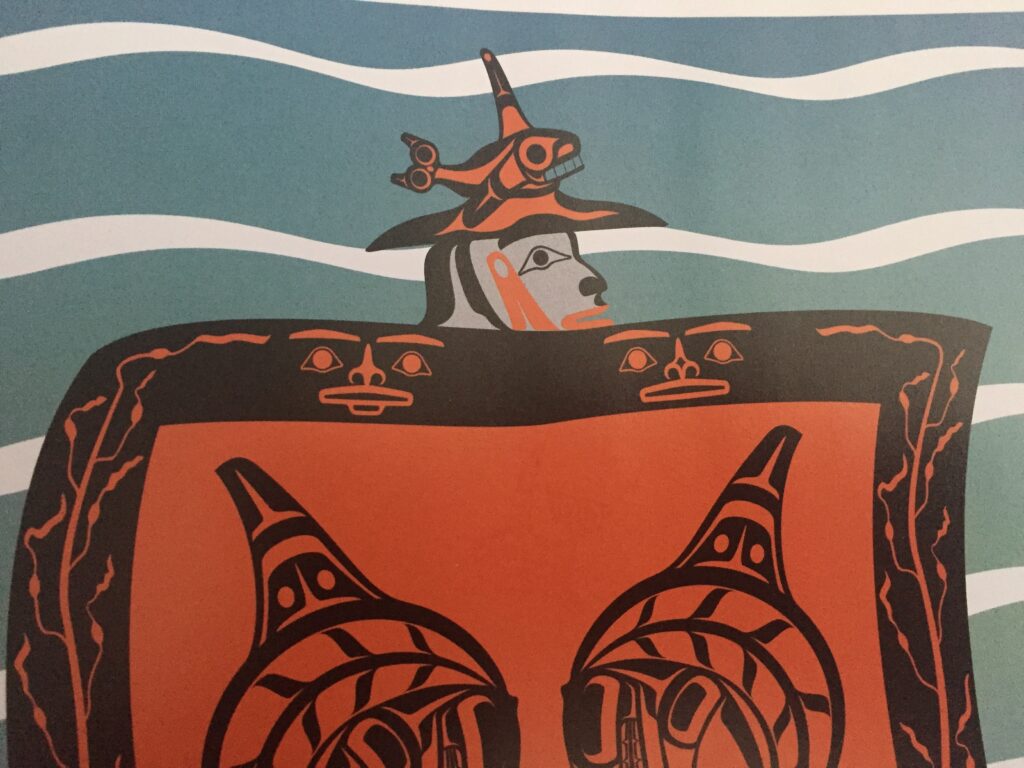
What I also shared after the story that had some impact on the students is that the location of this ancient story, like a fairy tale, described an actual place in BC and if you wanted to drive for several hours and ride a ferry you could get where “it actually happened”. Including Indigenous content is an excellent manner to show the tie between the modern world and the deep history that seems more apparent in the ‘old’ world. Here the history might technically not go as far, but if it goes multiple tens of thousands of years any extra time seems meaningless in comparison.
The indigenous methods of living and knowing also have some ways they can help us examine where we should go. The Western history has had thousands of years to get to terms with agriculture, hundreds to understand industrialism, and now our information revolution means that how we live is precarious and entirely different from the past.
The indigenous communities have also been significantly impacted by all these revolutions, but they have uniqueness from the western hyper-efficient ways of living that fill you up with everything but things that mean anything. We are, or are becoming, people who can live anywhere but are anchored nowhere. We tried to unteather the indigenous peoples from their land and have mostly lost, thankfully. If we can learn to live with and respect the indigenous communities that we tried to erase we might learn some of how to live as people and not cogs in a machine that is information bathed industrialism.
“Now how does that connect to teaching children?”
How does it not? People think of getting a career, working for 1/3rd of 3/4 of their life and wonder “Is this all there is?”. People speedrun the hedonic treadmill and burn their lives away. Students demand meaning and some decide to give up if they can’t find it. Bringing First Nations, Inuit and Métis content to the classroom is one method we have of trying to reintroduce meaning to students. Give them something to help them chart a path out of the woods we have been left in, since the breadcrumbs have disappeared. We could continue doing as we have and after we failed cry “I’ve tried nothing and it’s not working!” or should we try. We might fail. Then again, there’s a chance we don’t.
